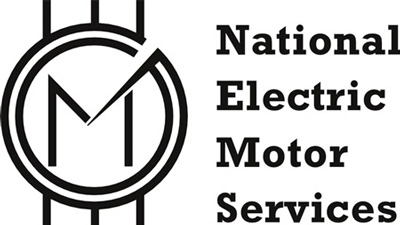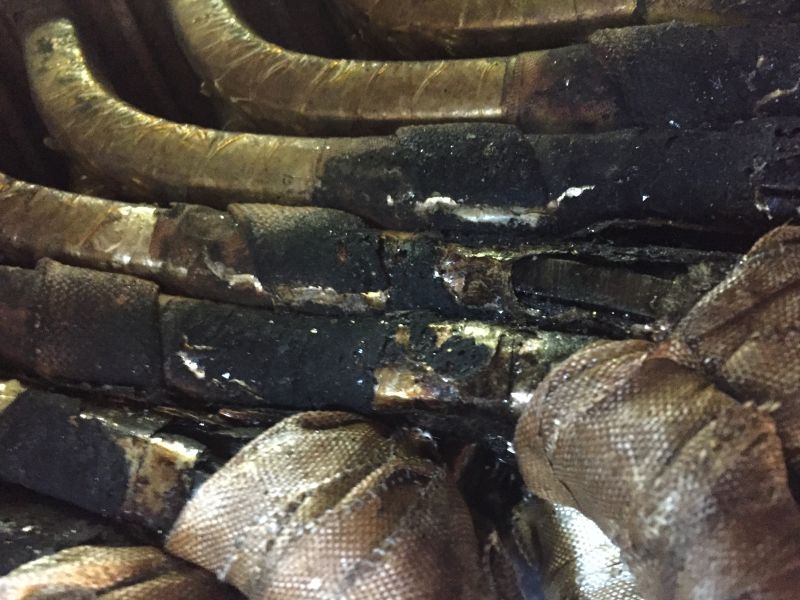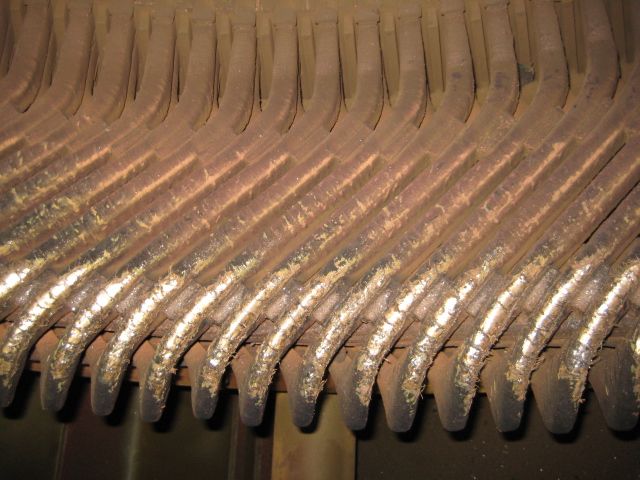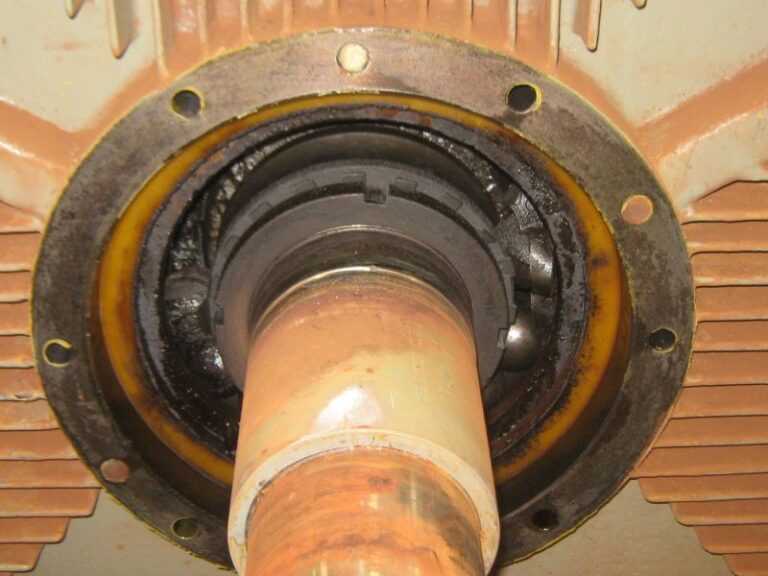Some more possible failure modes to be considered:
Ingress of Moisture: Exposure to moisture or water ingress can compromise the insulation integrity of motor windings. Moisture can cause insulation breakdown, leading to short circuits and failure of the windings, particularly in high-voltage environments where even small amounts of moisture can be detrimental.
Environmental Factors: Extreme temperatures, both hot and cold, can impact the performance and lifespan of motor windings. Thermal cycling can cause expansion and contraction of materials, leading to mechanical stresses and eventual failure of the insulation system.
Manufacturing Defects: Defects in manufacturing such as improper winding techniques, inadequate insulation materials, or poor-quality control can compromise the integrity of motor windings. These defects may not manifest immediately but can lead to failures over time due to inherent weaknesses in the winding structure.
Vibration Resonance: Resonant frequencies induced by the motor or external sources can lead to mechanical resonance in the windings. Vibrational resonance can cause excessive stresses on the insulation and structural components, accelerating wear and increasing the likelihood of failure.
Loading: Changes in load or operating conditions can subject the motor windings to varying levels of stress. Repeated cycles of loading and unloading can cause fatigue in the insulation materials, leading to cracks, delamination, and eventual failure of the windings.
Age Degradation: As high-voltage motors age, the materials used in the windings can undergo degradation due to factors like thermal cycling, mechanical stresses, and chemical exposure. This age-related degradation can weaken the insulation and structural integrity of the windings, increasing the risk of failure.
To prevent failures, it is crucial to ensure proper motor selection, regular maintenance, monitoring of operating conditions, and implementing protective measures.





